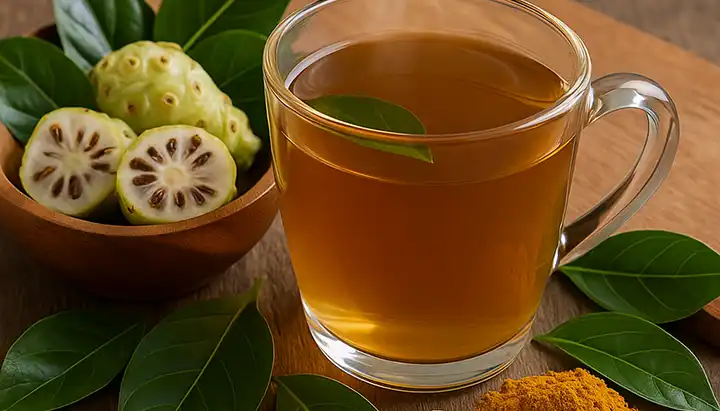The Hidden Benefits of Quackgrass: Nature’s Understated Healer
In the realm of natural remedies, there exists a plethora of plants that often go unnoticed, despite their remarkable healing properties. One such plant is quackgrass (Elymus repens), also known as common couch. While commonly labeled as a mere weed, this resilient grass holds a treasure trove of medicinal benefits. In this article, we delve into the world of quackgrass, exploring its health benefits and the various ways it can be utilized for our well-being.

The Medicinal Benefits of Quackgrass:
Quackgrass is more than just an ordinary plant; it’s a natural remedy with a history of medicinal use. Its roots, in particular, are rich in beneficial compounds that offer several health advantages:
- Diuretic Effects: Quackgrass is known for its ability to promote urine production. This diuretic property is crucial for cleansing the kidneys and bladder, thereby aiding in the treatment of urinary tract infections (UTIs) and the prevention of kidney stones.
- Respiratory Relief: Traditionally, quackgrass has been used to treat coughs and other respiratory ailments. Its soothing properties can help alleviate discomfort caused by respiratory issues.
- Anti-inflammatory Properties: The plant’s natural anti-inflammatory effects make it a potential remedy for conditions like arthritis, where it can help reduce pain and swelling.
- Digestive Health: Quackgrass has also been used to aid digestion and treat various gastrointestinal issues, making it a versatile herb in the realm of natural digestive aids.

How to Use Quackgrass:
Utilizing quackgrass effectively involves understanding the various methods of preparation:
- Tea/Infusion: The most common and simple way to harness the benefits of quackgrass is by preparing a tea. Steep the dried roots in boiling water for about 10 minutes, strain, and enjoy. This tea is particularly beneficial for its diuretic properties.
- Tincture: For a more concentrated form, a tincture can be made by soaking the roots in alcohol. This potent extract should be taken in small, diluted doses.
- Poultice: For external applications, a poultice made from the plant can be applied to the skin to soothe irritations.
- Culinary Uses: The young shoots of quackgrass can be eaten raw or cooked, offering a unique addition to your diet. The seeds can also be ground into flour for baking.
- Juice: Freshly extracted juice from quackgrass offers another way to enjoy its benefits.
Quackgrass, with its myriad of uses and benefits, is a testament to the fact that sometimes the most potent remedies are hidden in plain sight. Whether used as a tea for kidney health or a poultice for skin irritation, this “weed” is a natural marvel worth exploring. Remember, nature often holds the key to health, and quackgrass is a perfect example of this timeless wisdom.



















